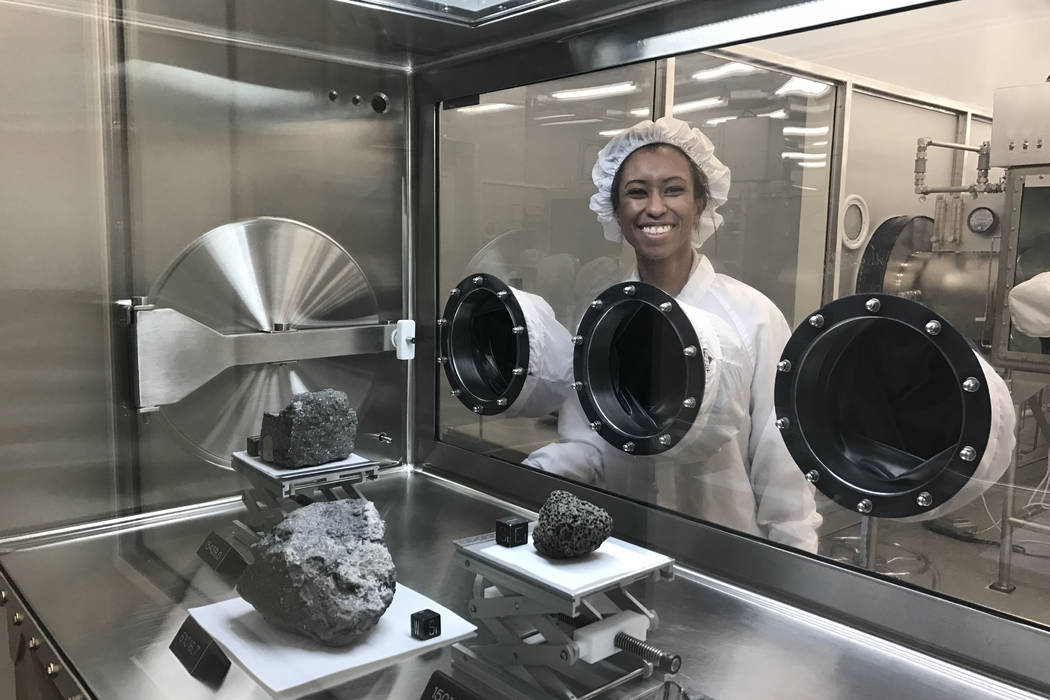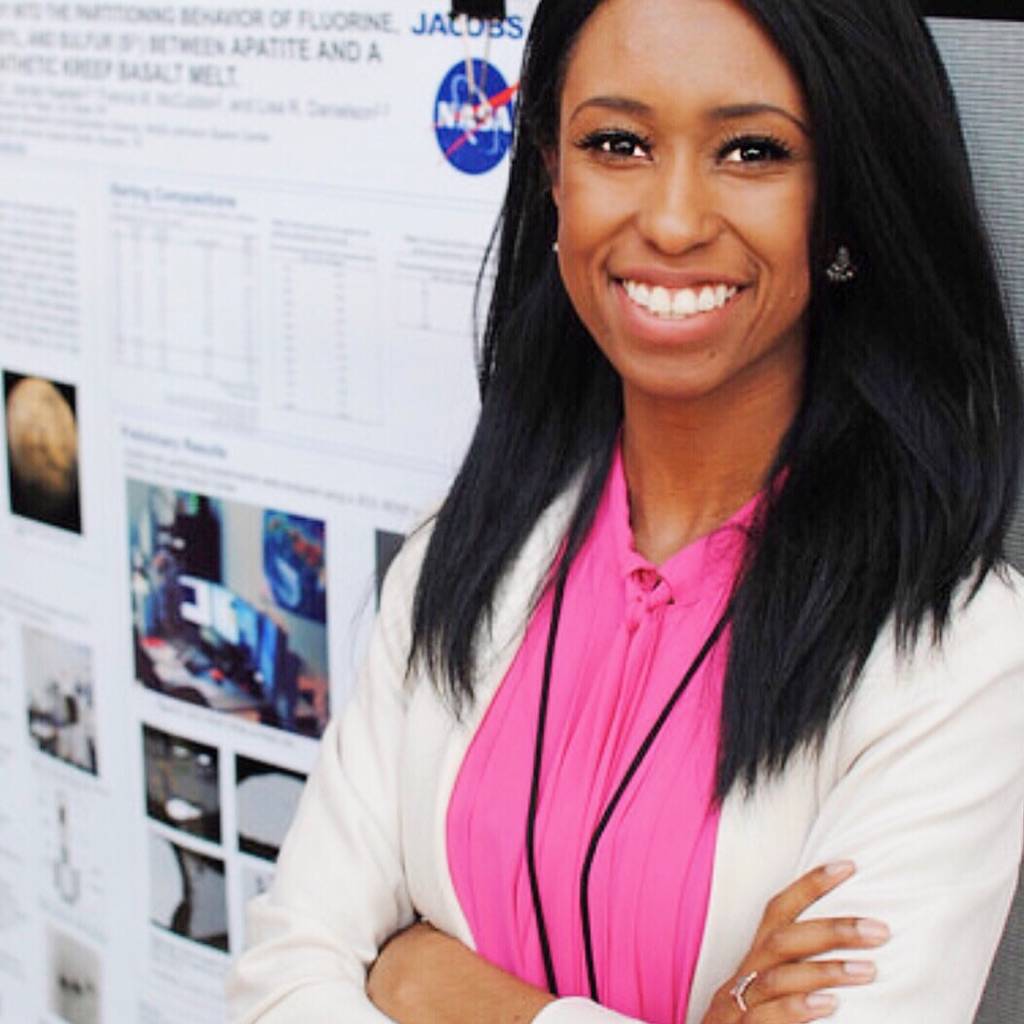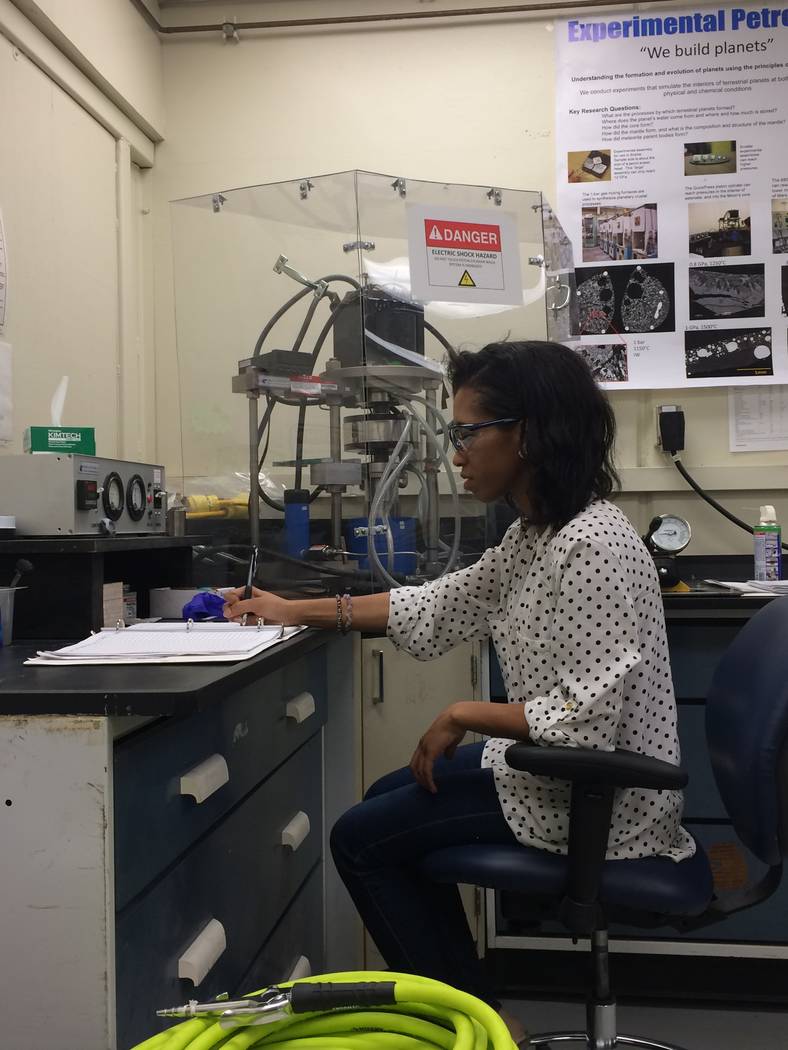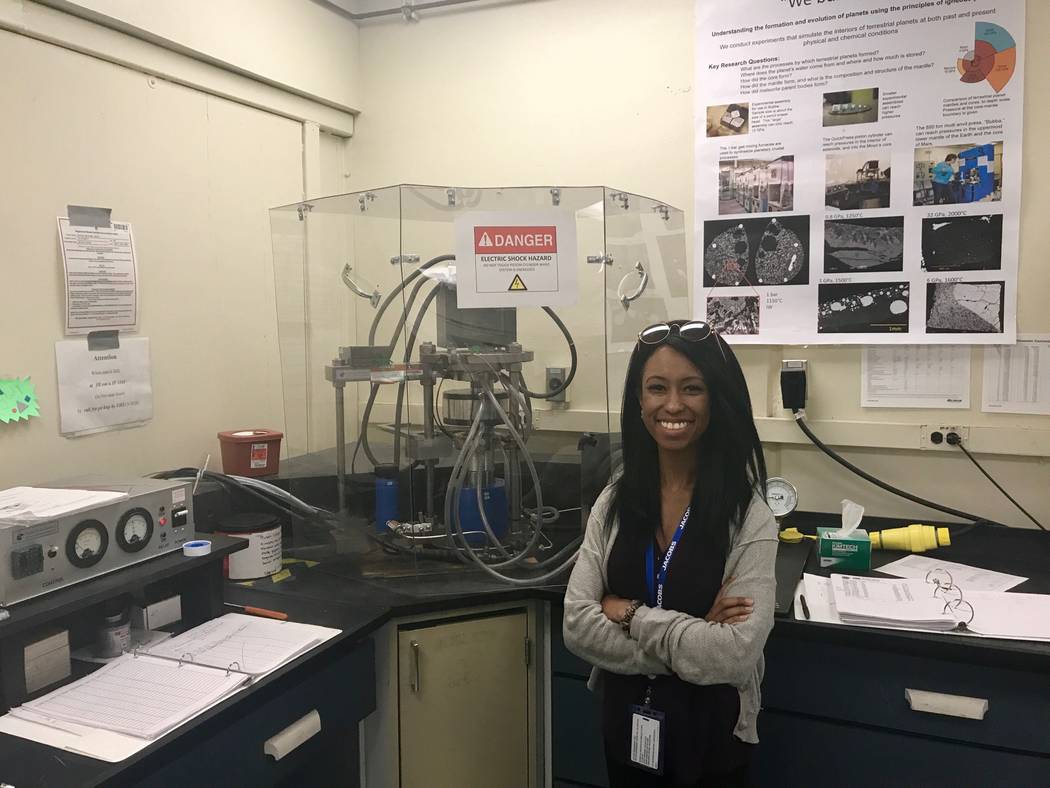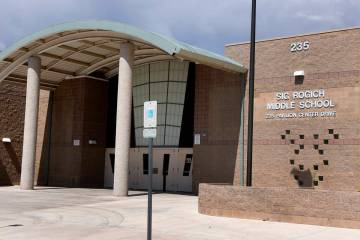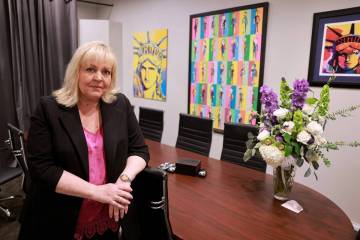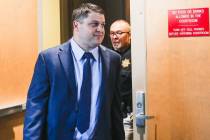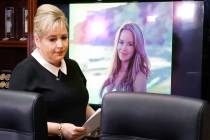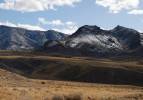Palo Verde grad interns for NASA, aims to be astronaut
When Amber Turner was about 13, her parents bought her a telescope for Christmas. She’d check out the stars and wonder what was up there.
Now 23, Turner just completed an internship at Houston’s Lyndon B. Johnson Space Center, part of NASA’s Manned Spacecraft Center, where human spaceflight training, research and flight-control studies are conducted. There, she worked with scientists studying high-pressure experimental petrology for Jacobs Clear Lake Group, a contractor with NASA, helping decipher the possible petrology (rock composition) of Mars and the moon. Her internship began in January and ended Aug. 24.
Turner graduated from Palo Verde High in 2012 and went to the University of Nevada, Reno, but transferred to UNLV after a year and a half. The Army reservist is set to graduate in fall 2018.
“I started off in college not knowing that I wanted to do at all,” she said. “I was an international business major and I really didn’t like it, so I started taking electives, and one of them was in environmental science. I really liked it, so I switched to geology (as major). I’d always wanted to be involved in science in some way when I was growing up, but when I got to college, I got intimidated.”
Intimidation now behind her, she said she’d love to continuing to work on high-pressure experimental petrology to better understand the interior of Earth’s neighbor planet.
“It’s very rewarding. I landed an internship with the dream job that I didn’t even know I wanted,” Turner said.
One of the ongoing projects she’s part of looks at how magmatic systems work on Mars and the moon by studying a mineral found on both Earth and Mars, apatipe (pronounced similar to appetite.) By studying it, the team learns more about the history of the planet.
Turner had a similar internship in summer 2016, for Lawrence Livermore National Laboratory in Livermore, California. There, she worked with the Materials Science Division on a project involving high-pressure mineral physics.
The most exciting part is “just waking up and knowing that I’m a part of this work that my advisers are doing, going to work every day and having them assign me things to do,” she said. “I run the experiments. I guess the most exciting part would be analyzing my experiments to see what minerals I’ve made.”
She’s studying the volatile elements within the mineral and their abundance or lack thereof. It gives one insight as to the behavior of the magmatic system, Turner said. Magmatic means igneous (volcanic), and the mineral apatiteconstrains those volatile elements.
“She’s doing really interesting research … she’s a wonderful spokesperson for the value of research, the long game, what will get us to Mars,” said Liam Frink, executive director of the office of undergraduate research at UNLV.
Having a female in a STEM program is not the norm Frink said.
As for having a student working with NASA, “any student working with NASA is a big deal. … her achievements are incredibly important to get us more nationally recognized.”
Turner plans to apply to become an astronaut once she has earned her bachelor’s degree. The selection process takes a few years; she expects to begin working on her master’s degree in the meantime, possibly at the University of New Mexico, Arizona State University or Cal Tech.
“I view planetary scientists as the pioneers of our species,” Turner said. “Even though it’s indirect. By learning about the geological history of the planet, we can inadvertently learn about how our species might survive beyond our own planet.”
Contact Jan Hogan at jhogan@reviewjournal.com or 702-387-2949.
Final frontier
NASA first accepted female candidates in 1978, choosing Shannon W. Lucid, Margaret Rhea Seddon, Kathryn D. Sullivan, Judith A. Resnik, Anna L. Fisher and Sally K. Ride.



